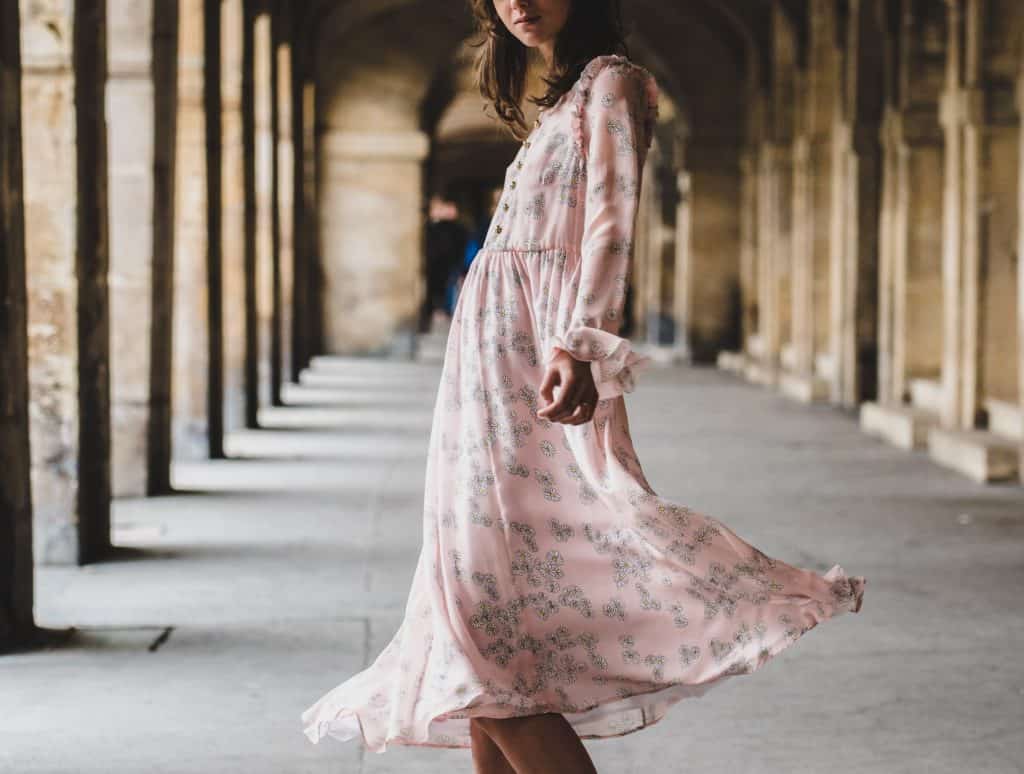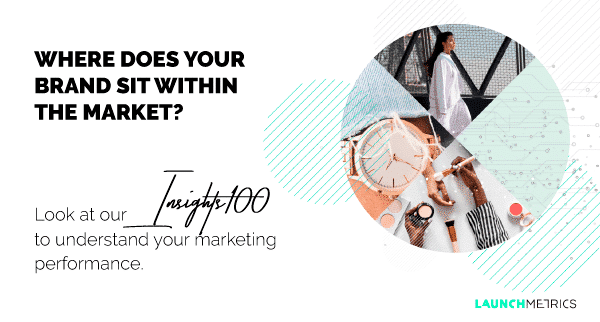In a changing digital environment, brands in the fashion, luxury and cosmetics industries are moving to cross-channel marketing and communication strategies to attract new consumers. In hand with the recent launch of Insights 100 (our data analytics microsite featuring 100 brands from the fashion, luxury and cosmetics industries) we have shortlisted the UK-based fashion brands that come out on top when it comes to their marketing strategies.
We take a look at the Voices that make the most impact when it comes to generating Media Impact Value™ for fashion brands, as well as what channels and mediums offer the most success when it comes to where you should allocate your marketing budgets if you are a fashion brand.
5 UK Fashion Brands That Are Acing Their Digital Strategy
H&M
One of the top fashion brands that have perfected their digital strategy, allowing the brand to become a key global retailer, as well as an impactful voice. In fact, they ranked third on our Insights100 list, with a total MIV® of $337.5M. When it came to the Voices that H&M activated in order to see such success, 55% of their MIV was thanks to the key Media Voice, as outlets like Vogue and Harper's Bazaar help generate buzz around the brand with each new collection or collaboration.
The brand also frequently collaborates with luxury fashion brands, which allows them to reach new audiences, and elevates the collections they present, as a traditionally 'mass market' brand. Recently, H&M announced their collaboration with Giambattista Valli, which was covered by a plethora of publications including Harper's Bazaar. The campaign was also backed by high profile influencers, as it saw Kendall Jenner as the face of the capsule collection, which provided even more attention around the launch, upping their total MIV.
ASOS
Online retailer, ASOS is the number one destination for fashion-loving 20-somethings and is a mass market fashion brand dominating Millennial and Gen-Z audiences. This highlights how and why their Media Impact Value is one of the best in class in the UK as well as globally.
A key strategy for ASOS is its implementation of influencer marketing strategies. Owning 27% of their MIV Voice split, ASOS works with a variety of influencers from Micro to All-Star, for campaigns and brand content across a number of their channels. This helps them create authority with Millennial and Gen Z communities and build brand awareness through various seasonal campaign launches and coverage created by influencer content, using ASOS' branded hashtags which creates more touchpoints for discovery.
Pretty Little Thing
Pretty Little Thing's MIV of $194M is a great example of how no one brand will have the same Voice mix that works for them. PLT focuses on one to two key Voices to amplify awareness and streamline their approach to connect with their target audience. 42% of PLT's total MIV is driven by their use of influencers for social content. This strategy works well, as it is extremely versatile - PLT use influencer content for their Owned Media channels such as Instagram, for website content and email campaigns, as well as for reaching their target audience through influencer's own posts.
It also means that content by customers and ambassadors can be re-purposed for further PR and marketing initiatives - which explains why their Owned Media accounts for 39% of their total MIV. This streamlined approach results in a profusion of content to use through their business channels and cuts out third party costs.
View this post on InstagramGood morning, hope everyone has a blessed day 🙏🏽 | Fit @prettylittlething
Topshop
British retailer Topshop has optimized their marketing Voice via the use of Media and Influencers. With a total MIV of $117M, their majority Voice is Media (54%) with Influencers (26%) coming in second. This could be down to their unique mix of traditional marketing strategies such as OOH billboards, third party websites and PR placements with the likes of Vogue and WWD, which helps to gain a far reach and elevate brand messaging for collaborations and seasonal launches.
In terms of their social strategy, Topshop has implemented the branded hashtag '#Topshopstyle' in order to engage with their consumers, generate buzz, and garner customer content that they can later repurpose. Topshop diversifies the way they collaborate with influencers - whether they are certifying authenticity in fashion via Micro Influencers or generating brand awareness by working with Mega and All-Star Influencers or celebrities. The brand also has started creating original content on its channels including videos that give their products a new spin, offering exclusive content that other brands can't replied.
Primark
Mass market retailer Primark saw huge success when it came to their Media Impact Value and where they allocate their marketing investments. With a total MIV value of $144M, they are an expert brand in maximizing their marketing potential via a unique Voice split.
Our insights have found that 40% of their MIV value is due to the use of their Owned Media channels. This is a testament to the quality of their content creation and diversification via their various brand channels. Instagram is a key part of the fashion brand's digital strategy to display branded content, and also represents an opportunity to incorporate their other key Voice (influencers) in their approach. Influencer marketing makes up 27% of Primark's total MIV, representing a significant method for which they can communicate value for money to their consumers.
Do you want to see how your brand measures up?
Take a look at our Insights100 now!

